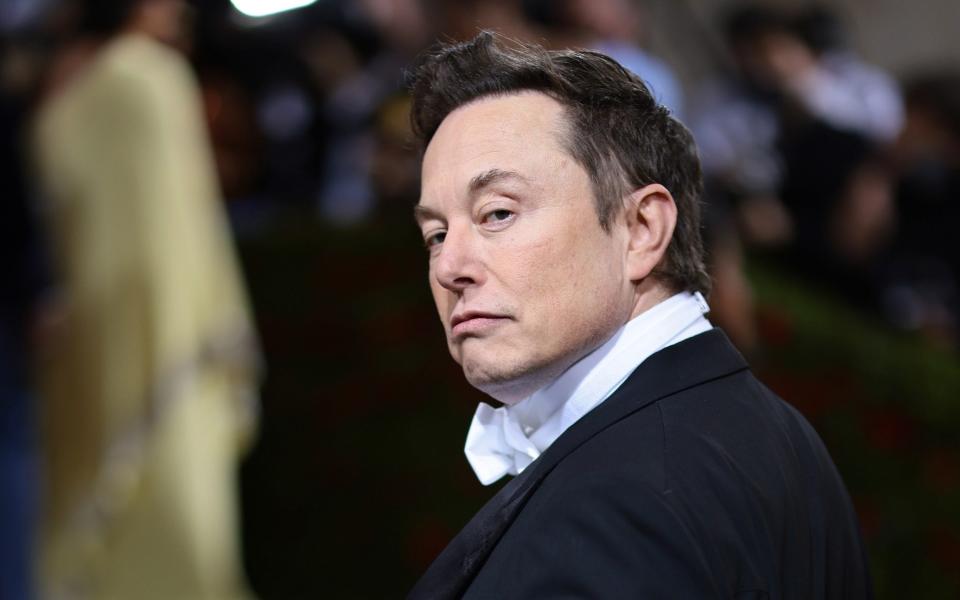Tesla sacks 200 staff in Autopilot division as deep job cuts continue

Tesla has cut almost 200 staff working on its Autopilot technology as Elon Musk seeks to radically reduce the electric car maker’s costs.
The company has shut down an office in California dedicated to training the artificial intelligence software used by Tesla cars to partially drive themselves.
Mr Musk has said Tesla needs to cut around 10pc of its salaried staff, around 3,500 people, saying he fears an impending recession. The company’s shares have fallen by more than 40pc this year.
Around 400 hourly and salaried staff worked at a Tesla office in San Mateo, focused on manually reviewing footage of the Autopilot software in action, and labelling images to improve its detection of hazards such as other cars, cyclists and pedestrians. Roughly half of those will leave as a result of the office closure.
Autopilot, which automatically keeps cars in their lane and regulates speed, is coming under increasing scrutiny in the US amid a spate of accidents.
Autopilot is under multiple investigations by US authorities after a series of accidents involving emergency vehicles, reports of “phantom braking” and dozens of crashes. Tesla has said crashes per mile in its vehicles are less common when the software is engaged than when no driver assistance features are activated.
The job cuts at Tesla are the biggest in its history. Mr Musk has warned that a recession is “inevitable” and said its new factories in Berlin and Texas are losing billions of dollars, calling them “gigantic money furnaces”. The company has also been hit by lockdowns in Shanghai that have affected production at its factory there.
Tesla staff are suing the company, claiming they were illegally laid off under US laws requiring employees to be paid for 60 days.
Mr Musk has repeatedly made grand promises about Tesla’s self-driving technology, saying its cars will ultimately double as robot taxis that allow owners to make money from them.
Thousands of owners in the US are testing early versions of the software.
